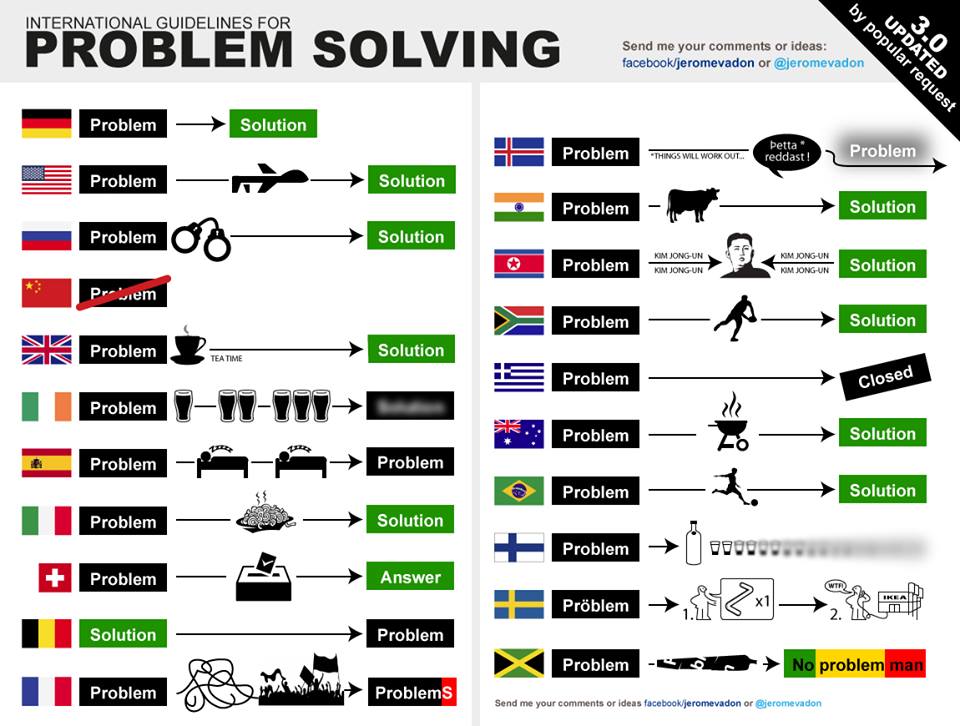Archive of ‘Uncategorized’ category
Translating Constructivism into Instructional Design: Potential and Limitations.
The goal, for instance, is not to teach a particular version of history, but to teach someone how to think like a historian.
Yiasemina Karagiorgi
Free Pinterest-Style Education Service Hosts Common Core Teaching Aids
Free Pinterest-Style Education Service Hosts Common Core Teaching Aids
Read more at http://thejournal.com/articles/2013/11/13/free-pinterest-style-education-service-hosts-common-core-teaching-aids.aspx?admgarea=Features1#47RHZap101LWFKq5.99
In my opinion, this is very much the same like TeacherTube (http://www.teachertube.com/) as YouTube alternative. It is worth considering, but…
Connectivism and traditional learning theories

contemplative computing, contemplative pedagogy and getting “unplugged”
Mark Zuckerberg’s Sister Published A Book About A Child Whose Mom Takes Her iPad Away
http://www.businessinsider.com/randi-zuckerbergs-kids-book-dot-2013-11#ixzz2jmchiAAf
social media etiquette
unplug
http://www.nytimes.com/2013/11/03/books/review/randi-zuckerbergs-dot-complicated-and-dot.html
Contemplative Pedagogy and Dealing with Technology
Dan Barbezat, Amherst College; David Levy, University of Washington
The accelerating pace of life is reducing the time for thoughtful reflection and in particular for contemplative scholarship, within the academy. The loss of time to think is occurring at exactly the moment when scholars, educators, and students have gained access to digital tools of great value to scholarship. This interactive session reviews research on technology’s impacts and demonstrates some contemplative practices that can respond to them. Contemplative pedagogy can offset the distractions of our multi-tasking, multi-media culture, and show how the needs of this generation of students can be met through innovative teaching methods that integrate secular practices of contemplation.
Topics: Faculty Professional Development, Teaching & Learning
Walking the Labyrinth: Contemplative Instructional Techniques to Enhance Learner Engagement
Carol Henderson and Janice Monroe, Ithaca College
Bringing ancient traditional meditative skills into the contemporary classroom, con-templative learning techniques serve as an effective counterbalance to the speedi-ness and distractions of today’s fast-paced technology-based cultural environment. Applicable to both faculty development programs and to faculty working directlywith students, contemplative methods create a richer, more engaging learningenvironment by allowing participants to quiet their minds and focus deeply on the material at hand. This interactive session provides instruction and practice in con-templative techniques, offers examples of their use, and supports the integration of these techniques into any discipline or subject area.
Topics: Faculty Professional Development, Teaching & Learning
Contemplative Computing and Our Future of Education
Alex Soojung-Kim Pang, Stanford University
A generation of educators have spent their professional lives hearing that technol-
ogy is changing the world, transforming the way we think, and that higher educa-
tion must evolve or become obsolete. In case you didn’t get the message in the
1960s and 1970s, with cassette tapes, television and mainframe computers, it was
repeated in the 1980s when personal computers appeared; repeated again in the
1990s, with CD-ROMs (remember those) and the World Wide Web; repeated again
in the early 2000s with blogs and wikis; and recently, repeated once again in the
wake of social media, YouTube and the real-time Web.
This language of technological revolution and institutional reaction is backward. It
gives too much credit and agency to technology, and makes today’s changes seem
unprecedented and inevitable. Neither is actually true. Contemplative computing—
the effort to design technologies and interactions that aren’t perpetually demanding
and distracting, but help users be more mindful and focused—provides a language
for talking differently about the place of technology in teaching, learning, and edu-
cation. We think of today’s technologies as uniquely appealing to our reptilian, dopa-
mine- and stimulation-craving brains. In reality, distraction is an ancient problem,
and the rise of contemplative practices and institutions (most notably monasteries
and universities) is a response to that problem. Abandoning our traditional role as
stewards of contemplative life is as dangerous for the societies we serve as it is
short-sighted and counterproductive. Contemplative computing argues that even
today, people have choices about how to interact with technologies, how to use
them, and how to make the parts of our extended minds; and that part of our job
as educators is to show students how to exercise that agency.
10 Tips for Assessing Project-Based Learning
from Edutopia: http://t.co/pGPJNbncRe
- Keep It Real with Authentic Products
- Don’t Overlook Soft Skills
- Learn from Big Thinkers
- Use Formative Strategies to Keep Projects on Track
- Gather Feedback — Fast
- Focus on Teamwork
- Track Progress with Digital Tools
- Grow Your Audience
- Do-It-Yourself Professional Development
- Assess Better Together
- BONUS TIP: How to Assemble Your PBL Tool Kit
name changes in/for D2L
Q: who does these name changes and how?
A: It’s our systems and the way they work, or don’t work, together. Most name changes simply happen automatically when an individual goes through whatever the process is (something @ records and registration, maybe??).
As you know, the D2L holding tank ‘wins’ by default, so simply changing a name in D2L will only change it until that night’s integrations unless it has been properly updated/changed everywhere else. Recently some of these have been failing at a larger percentage than normal, our folks here (mostly Amy and Shawn) are trying to determine cause, and when Charles Kroger gets back from vacation, we’ll get him in on the act, too.
your q/s, our a/s: viewing my D2L content does not look right
Q:
When I try to view content (lecture slides from day 1 and 2), the viewer shows blank white pages with the text and no figures in it.
A:
The new D2L content window has an option in the lower right corner of the screen: “View as Page.” It needs to be switched from “View as Text.”
SWITCH TO “VIEW AS PAGE”
your q/s our answers: feature within D2L that may be exploited by students to cheat on quizzes and exams
ACTIONS
We are actively investigating along with D2L methods of addressing this issue. We don’t expect to be able to completely prevent such behavior due to undesirable consequences for other students, but we are working on detecting it so appropriate notifications can be made and action can be taken quickly.
If you need more information on the issue, prevention, and possible solutions, please contact your local D2L System Administrator or Dick McMullen at dick.mcmullen@so.mnscu.edu or Chuck Morris at Chuck.Morris@so.mnscu.edu.
Sheri Steinke, Ph.D.
Director of Online Learning
Adjunct Faculty CIM & BUSN, CSCI
Certified Quality Matters™ Online Trainer and Peer Reviewer
(952)358-8802
Sheri.Steinke@normandale.edu
digital photography
April 17, 11AM, we met for one-hour conversation on digital photography and its use in education. We discussed parameters of digital cameras, which we would like to consider as well the trends of shifting certain tasks of digital photography toward mobile devices. We also discussed the opportunity of using “cloud” based applications for rudimentary processing of digital images versus using Adobe Photoshop for the same purpose.
Here is a link to the basics of digital photography; we touched on some of the parameters discussed here:
http://photo.net/equipment/digital/basics/
Please share your links and sources for good use of digital photography in education.


